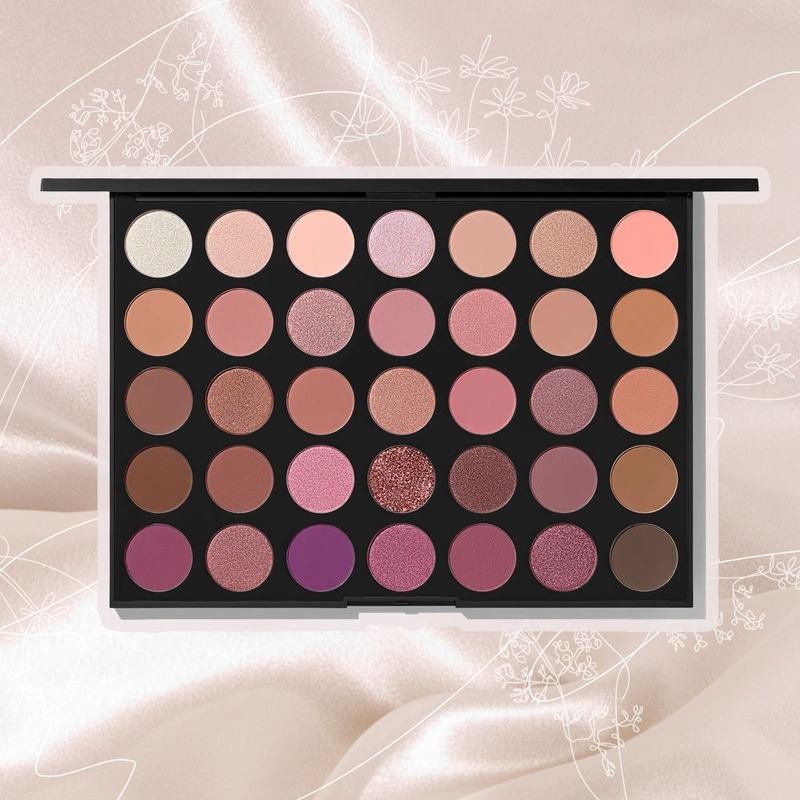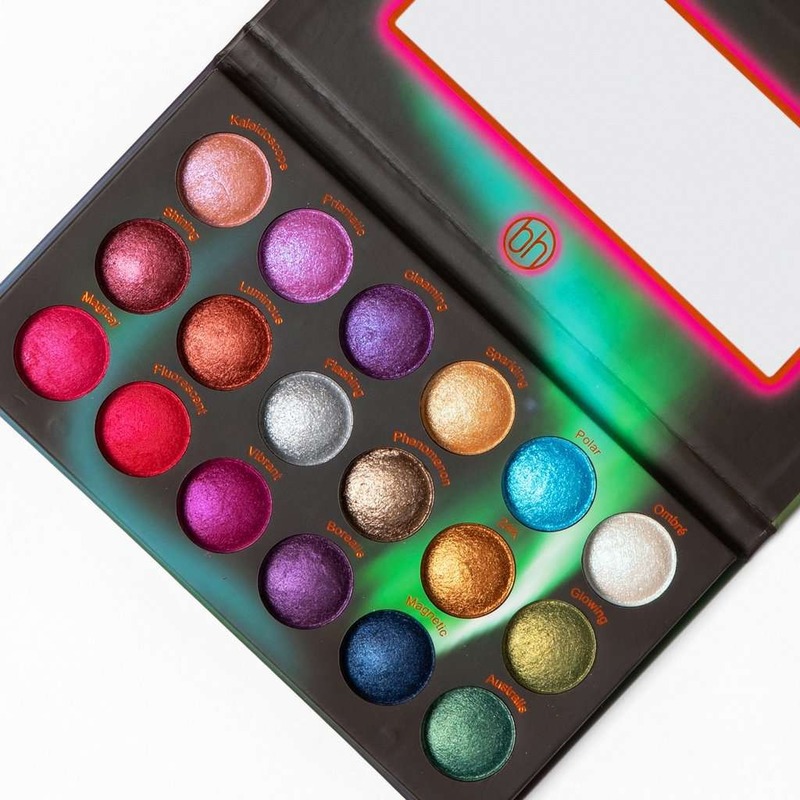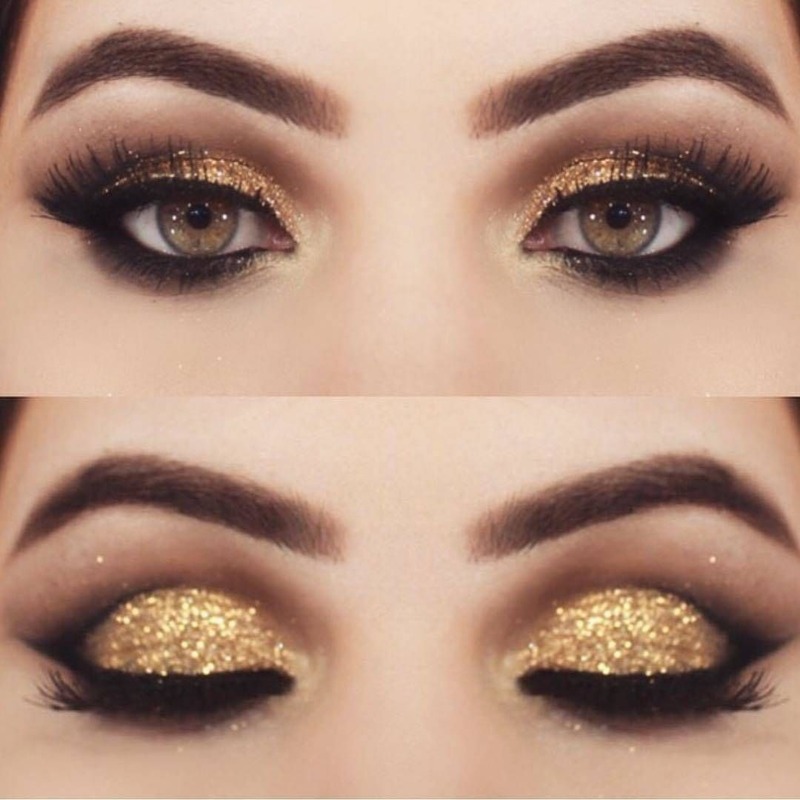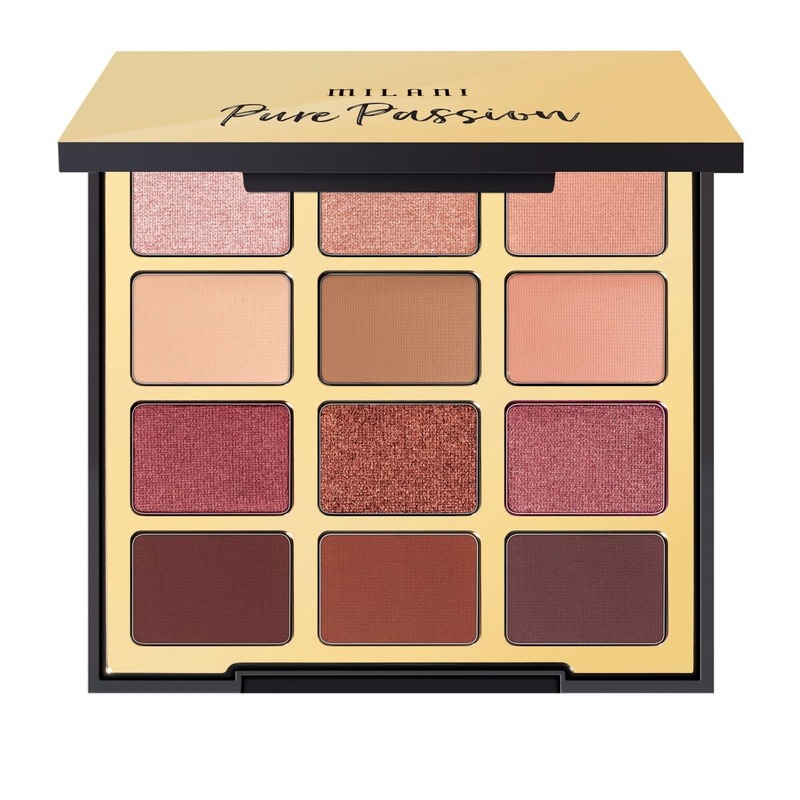The Importance of Skin Undertones
Choosing the best eyeshadow is not just about color preferences. Skin undertones greatly influence how a shade complements your look.
Understanding Skin Undertones vs. Skin Overtone
Skin undertones are the subtle, underlying colors of your skin, while skin overtone is the visible surface color. Undertones remain consistent, overtone can change with sun exposure.
Identifying Your Unique Undertone
To find your undertone, check the color of your veins. Greenish veins suggest a warm undertone, blue or purple-ish veins indicate a cool undertone. If it’s hard to tell, you’re likely neutral.
Eyeshadow Selection for Warm Undertones
Choosing the right eyeshadow for warm undertones can enhance your natural glow. Warm skin tones feature golden, peachy, or yellow hues.
Recommended Shades for Warm Skin Tones
For those with warm undertones, opt for eyeshadows that similarly exude warmth. Pick shades like gold, copper, bronze, terra-cotta, and rich browns. These colors complement the natural warmth of your skin. Earthy tones like olive or moss green also flatter warm undertones. Avoid cool-toned shades as they might clash with the warm base of your skin.

Tips for Applying Warm-Toned Eyeshadows
Here are simple tips for applying warm-toned eyeshadows:
- Start with a good eyeshadow primer to help your makeup last longer.
- Apply a base color that matches your skin tone over the entire eyelid.
- Use medium shades on the lid and darker shades in the crease for depth.
- Blend well to avoid harsh lines.
- Highlight the inner corner of the eyes with a lighter, shimmering shade.
- Match your eyeshadow with a complementary eyeliner to define the eyes.
Remember, the best eyeshadow is the one that feels right for you. Don’t be afraid to experiment with colors within these warm tones to discover what suits you the most.
Eyeshadow Selection for Cool Undertones
Choosing eyeshadow for cool undertones can really make your look shine. Cool undertones have hints of blue or red beneath the skin’s surface.
Recommended Shades for Cool Skin Tones
If you have a cool undertone, embrace eyeshadows with similar cool shades. Look for colors such as icy blues, rich purples, cool greys, and silver. These hues match the blue or pinkish elements of your skin. It’s best to avoid overly warm colors like bright oranges, as they might conflict with your skin’s cool base.
Tips for Applying Cool-Toned Eyeshadows
Here are some pointers for applying eyeshadows that flatter cool undertones:
- Use a primer to make your eyeshadow last and look more vivid.
- Choose a light base color to cover the eyelid evenly.
- Apply darker shades in the crease for a sculpted effect.
- Smooth out the shadow with a blending brush to remove harsh lines.
- Use a shimmering light color in the inner eye corner to brighten the eyes.
- Pair your eyeshadow with a complementing eyeliner to make the eyes stand out.
Experiment within these suggestions to find what makes you feel confident and radiant.
Eyeshadow Selection for Neutral Undertones
Choosing eyeshadows for neutral undertones offers versatility and freedom. If your veins don’t clearly show as blue or green, you may have a neutral undertone. This means you can wear both warm and cool shades effectively. However, some nuances can guide you to the best eyeshadow choices for your skin.
Guidance on Choosing Shades for Neutral Tones
Here’s how to pick eyeshadows if you have neutral undertones:
- Look for colors that match your mood or outfit for the day. Neutral skin harmonizes with a wide range of colors.
- Try shades in the middle of the color spectrum, such as soft purples, neutral pinks, or taupe.
- Consider the season or occasion. For example, go with richer hues in fall and brighter tones in summer.
Versatility in Eyeshadow Colors for Neutral Undertones
Having neutral undertones means more freedom to explore:
- For a natural look, choose eyeshadows in soft beige, light browns, or peach. These shades add a gentle definition to your eyes.
- If you desire a bold effect, reach for vibrant blues, greens, or metallics. These can make a statement without overpowering.
By selecting from both warm and cool palettes, neutral undertones can enjoy a broad spectrum of eyeshadow options. Remember, playing with different colors is key to finding what looks best on you.

How to Apply Different Types of Eyeshadows
Choosing the right eyeshadow type is crucial for your makeup routine. Whether you opt for cream or powder eyeshadows, each type requires specific techniques for flawless application.
Techniques for Cream Eyeshadows
Cream eyeshadows offer a smooth and often shimmering finish. Here’s how to apply them:
- Use clean fingers to dab the eyeshadow onto your eyelid. Fingers warm up the cream, making it easier to blend.
- Start with a small amount of product. Build up the color gradually.
- Blend the edges with a brush or your finger to avoid harsh lines.
- For longevity, set the cream with a touch of matching powder eyeshadow.
- Cream eyeshadows work well as a base for powder eyeshadows too.
Techniques for Powder Eyeshadows
Powder eyeshadows are traditional and versatile. Follow these steps for best results:
- Use an eyeshadow primer to prep your lids. It will help the powder stick and stay on longer.
- Apply with a brush for precision and even distribution of color.
- Tap the brush to remove excess eyeshadow before applying it to your lid.
- Blend different shades in your crease and corners to create depth.
- Use a clean brush to soften any harsh edges.
Both cream and powder eyeshadows have their unique benefits. Creams are great for a quick and easy look, while powders offer more control and are ideal for blending. Experiment to see which type and technique work best for you.
Eyeshadow Color Theories and Combinations
Choosing the right eyeshadow goes beyond skin undertones. Eye color and contrasting hues also play a role.
Matching Eyeshadow with Eye Colors
Select eyeshadows that enhance your natural eye color. For brown and hazel eyes, purples and greens are stunning. They create a subtle contrast that makes your eyes stand out. Blue eyes sparkle with earthy browns or shades of peach. This complements the blue, giving a warm juxtaposition. Green eyes can shine with warm browns or muted golds. These shades bring out the green for a vibrant look.
Experimenting with Contrasting Colors
Don’t be afraid to try contrasting colors. Using colors opposite on the color wheel can create striking effects. Warm undertones can experiment with cool purples or icy blues. Cool undertones may find warmth in golden shades or soft corals. Neutral undertones have the freedom to play with any color combination. Try vibrant blues or greens for an audacious look. Or, choose soft pinks and taupes for something subtle yet effective.
Eyeshadow isn’t just about following rules. It’s about discovering what brings you joy and confidence. Blend colors, try new shades, and have fun with your look. Your makeup is your canvas, and you are the artist.

The Final Touch: Finishing Your Eyeshadow Look
After choosing the best eyeshadow, it’s time for the final touch.
The Role of Brushes and Tools
Good brushes and tools are key to a polished eyeshadow look. Use a flat brush for smooth application of base colors. A fluffy brush is great for blending in the crease. An angled brush can define the lash line or brows. Don’t forget a smudge brush for a softer edge. Each tool can improve precision and finish.
Embracing Playfulness with Eyeshadow Colors
Finally, remember makeup is an expression of self. Feel free to play with colors that make you happy. Try new combinations, mix finishes, and change up your routine. The best eyeshadow is one that adds a spark to your eyes and brings you joy. Dare to create looks that are uniquely you, using colors that reflect your personality and mood.
